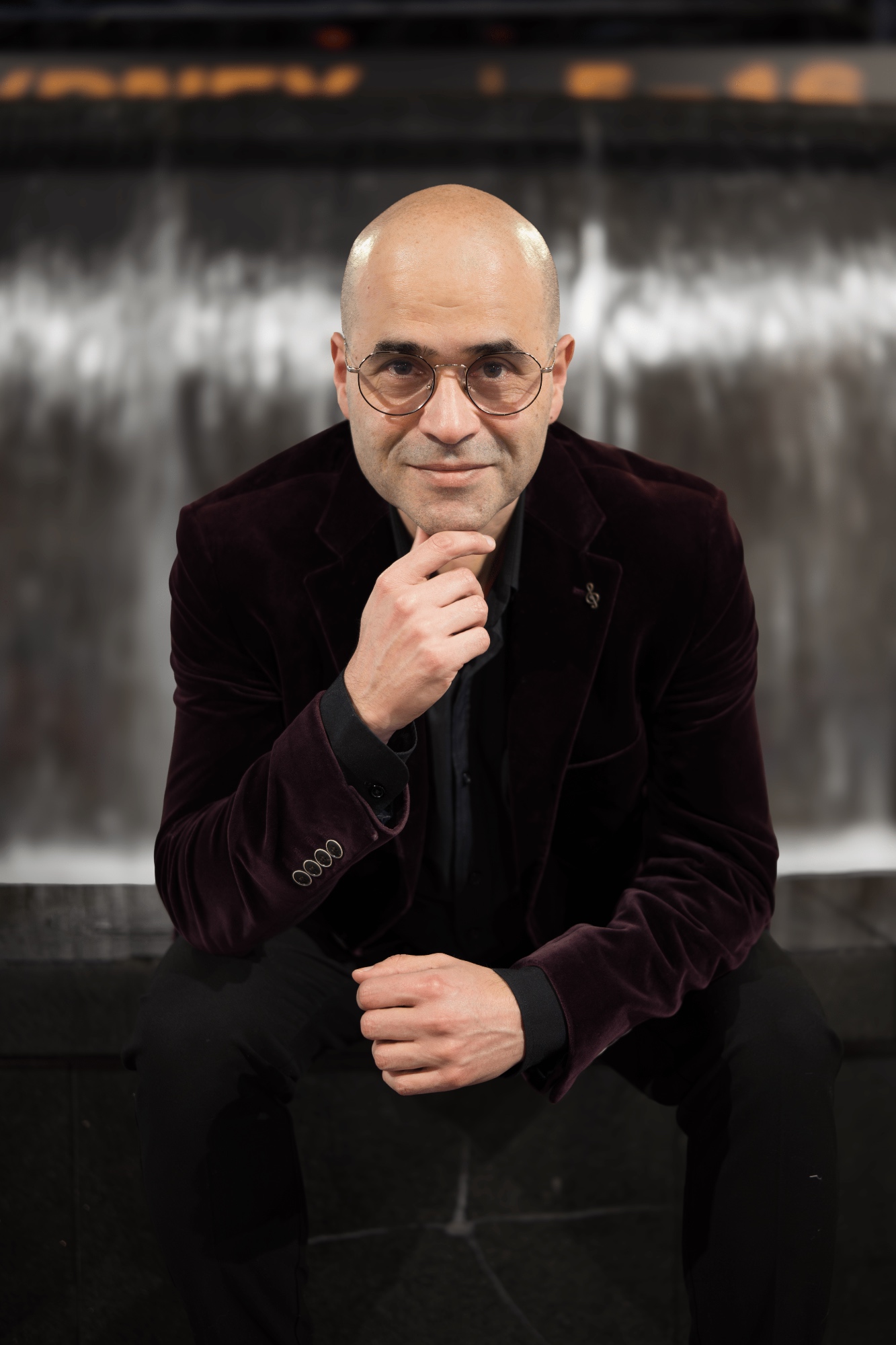


Luis Saglie
ORACIÓN
Short instrumentation: 2 3 2 3 - 4 1 3 1, timp, perc, hp, str
Duration: 18'
Choir: children's choir
Solos:
soprano
Instrumentation details:
1st flute
2nd flute (+picc)
cor anglais
1st oboe
2nd oboe
1st clarinet in Bb
2nd clarinet in Bb
contrabassoon
1st bassoon
2nd bassoon
1st horn in F
2nd horn in F
3rd horn in F
4th horn in F
trumpet in Bb
bass trombone
1st trombone
2nd trombone
tuba
timpani
percussion
harp
instrument in Bb
violin I (12 players)
violin II (10 players)
viola (8 players)
violoncello (8 players)
double bass (6 players)
Oración has been in development since 2011, when the voice/piano version was completed. Afterward, the composer set the piece aside until 2016, when the first steps toward orchestration began. Following another extended pause, the composer resumed work in 2024, advancing the orchestration to include children's voices. Now, in early 2025, the work is reaching its final stages and will be ready for publication in the coming weeks.
Dedicated to life-long friend and international opera sensation, Julianna Di Giacomo, this composition is based on the poem "La Oración de la Maestra" ("The Teacher’s Prayer") by Gabriela Mistral, the first Latin American author to win the Nobel Prize in Literature. Mistral became an inspiring figure for many, addressing important issues related to education, children's rights, and women's rights.
"La Oración de la Maestra" is a poignant and deeply emotional reflection on the sacred and tireless role of the teacher, as envisioned by Gabriela Mistral. This composition takes inspiration from Mistral’s evocative text, capturing the essence of the teacher’s inner plea for guidance, strength, and grace in the face of the immense responsibility of shaping young minds. The teacher's dedication to her students—often at the cost of her own personal needs—forms the emotional core of this work.
The musical elements in this composition aim to reflect the emotional and spiritual layers of the poem. A distinctive aspect of the orchestration is the role of the children’s voices, which serve as an extension of the symphonic soundscape. These voices represent the composer’s interpretation of the students, offering a sense of comfort, strength, and support to the teacher, while also embodying the collective hope and resilience the teacher finds in them. As the teacher offers love and protection to her students, the children’s voices return this offering, acting as a source of reassurance and energy that sustains her in her mission.
The overall approach to the instrumentation takes on an impressionistic feel, with the careful blending of orchestral colors reflecting the composer’s personal impressions of the emotional and spiritual world of the teacher as portrayed in Mistral’s poem. Through delicate orchestral textures and fluid harmonies, the music evokes a sense of dreamlike introspection, along with subtle yet significant emotional shifts.
As the music transitions between moments of solitude and resolve, the children’s voices, introduced as the work progresses, serve as both comfort and renewal, offering the teacher strength in the belief that through their futures, her work will endure.
